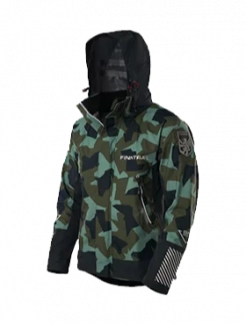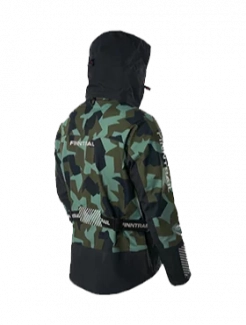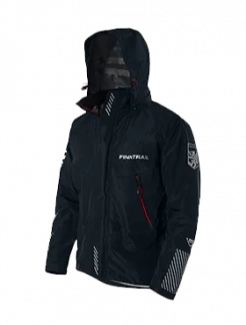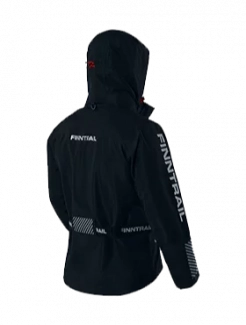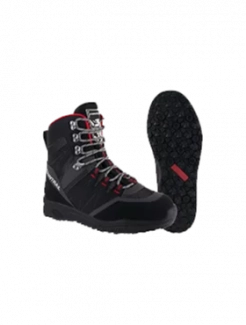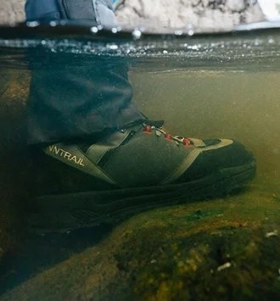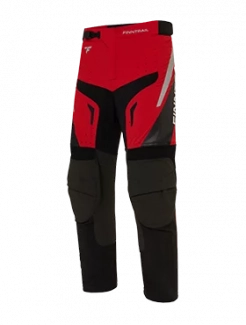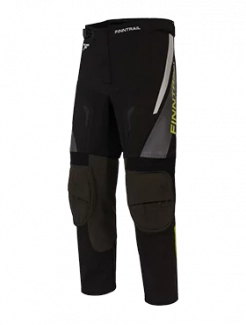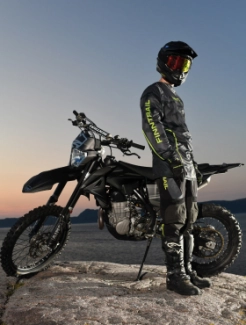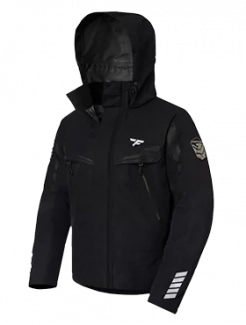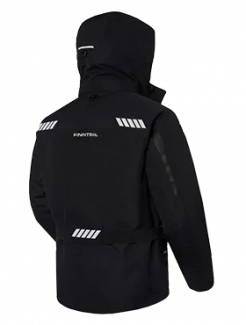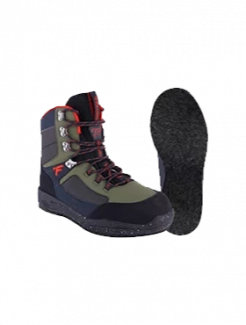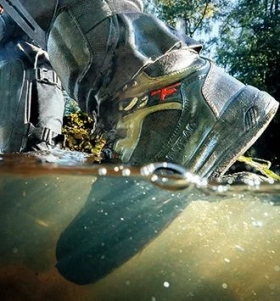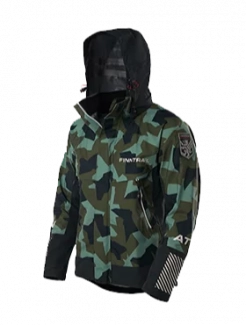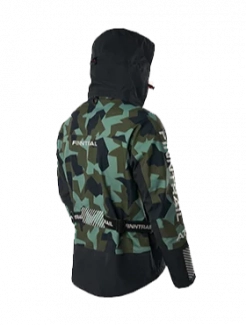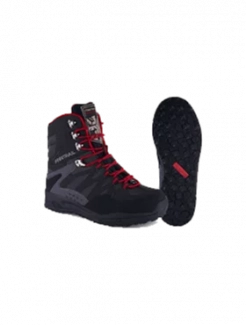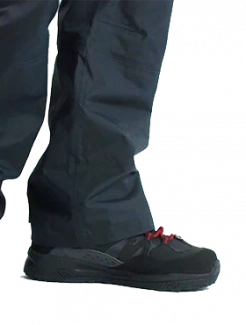What to Wear When Riding an ATV/SSV
Riding an ATV or SSV (SxS) is one of the best ways to enjoy the outdoors. Whether you’re tackling muddy trails, rocky paths, or open fields, the right gear makes a big difference. Many new riders don’t know what to wear when riding an ATV. The answer to it is simple—dress for comfort, protection, and safety.
In this guide, you’ll find everything you need to know about ATV riding wear, from helmets to boots, so you’re ready for any adventure.
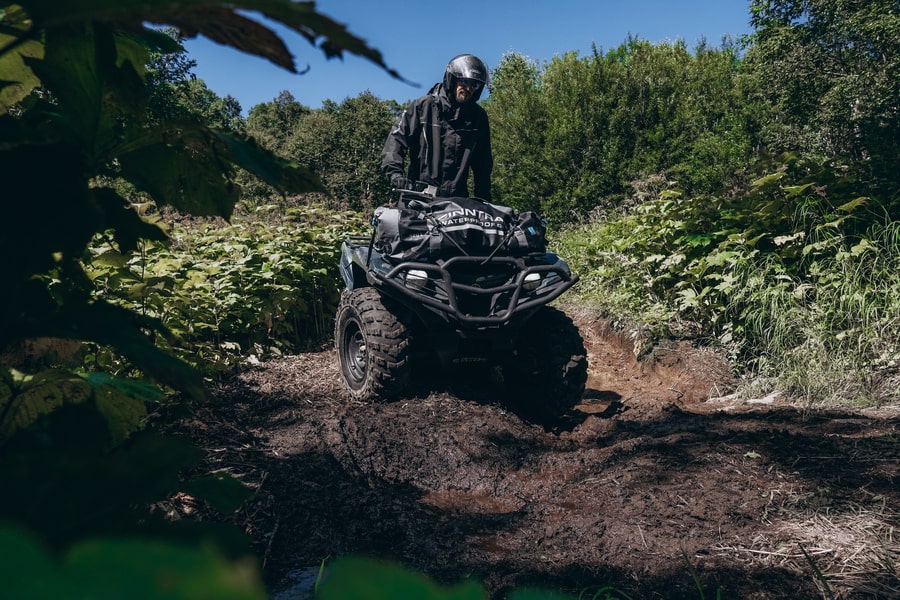
Why It Matters: Comfort and Safety First
Before listing specific gear, let’s explain why wearing the right gear is so important. Unlike driving a car, ATV riding exposes you directly to the elements. You deal with dust, wind, mud, and sometimes unexpected weather changes. The right clothing protects you from:
-
Injuries – scratches, cuts, or burns from the engine or trail obstacles.
-
Weather – cold, rain, or strong sun.
-
Fatigue – proper clothing keeps you comfortable and focused on the ride.
So when you’re deciding what to wear, remember that the right outfit isn’t about looks—it’s about enjoying the ride safely.
Helmet: The Essential ATV Riding Wear
The most important part of ATV gear is your helmet. A certified helmet protects you from serious injuries in case of accidents and shields you from flying rocks, bugs, and branches.
Tips for choosing a helmet:
-
Pick a DOT or ECE-approved model.
-
Make sure it fits snugly but comfortably.
-
Consider a full-face helmet for maximum protection.
-
Add goggles or a visor for clear vision.
Never ride without one—it’s your first line of defense.
Eye Protection: Goggles or Sunglasses
Dust, wind, and mud can make riding impossible if you can’t see clearly. Goggles are the best choice because they seal tightly and stay in place even on bumpy rides. In sunny weather, tinted or UV-protective lenses help reduce glare.
Upper Body: Jackets, Jerseys, and Layers
When riding an ATV it is important not to forget to shield your upper body. Your chest, arms, and shoulders are just as exposed as your head.
-
Lightweight jerseys: great for summer rides, breathable and comfortable.
-
Durable jackets: offer wind and water resistance for colder or rainy days.
-
Protective armor or vests: add an extra layer of safety for racing or rough trails.
For female riders companies design gear with a fitted cut, lighter weight, and flexibility, making long rides more comfortable without sacrificing protection.
Lower Body: Pants and Knee Protection
Regular jeans may seem fine, but they won’t protect you in rough terrain and don’t allow you to move freely. That’s why ATV pants are designed with reinforced fabric and extra padding.
-
Reinforced riding pants protect against tears, scratches, and engine heat.
-
Knee guards are useful for high-speed rides.
-
Waterproof pants are essential if you ride in mud or rainy conditions.
Gloves: Grip and Protection
Gloves are small but essential. They improve grip, protect against blisters, and keep your hands safe from branches or debris. Different conditions call for different glove types:
-
Summer rides: lightweight gloves with breathable fabric.
-
Cold weather: insulated gloves to keep hands warm.
-
Wet conditions: waterproof gloves to stay dry.
Footwear: Boots Built for the Trail
Footwear is one of the most important parts of ATV riding wear. Regular shoes don’t offer enough grip or ankle support.
What to look for:
-
High, waterproof boots that go above the ankle.
-
Strong soles with good traction for slippery terrain.
-
Reinforced toe and heel for impact protection.
The best choice for riding in muddy or wet conditions is wading ATV boots. They prevent injuries and keep your feet dry and stable on the pedals.
Seasonal ATV Riding Wear
In summer go for lightweight, breathable jerseys and pants that wick away sweat and keep you cool on long rides. Ventilated gloves and moisture-wicking base layers help prevent overheating. Don’t skip sun protection—goggles with UV filters, a face mask or bandana, and sunscreen will save you from burns.
Fall and spring have conditions that change fast, so layering is key. Start with a moisture-wicking base layer, then add a light jacket or membrane suit that’s water-resistant to handle rain or mud. A windproof shell helps against chilly mornings, while removable layers let you adjust as temperatures rise during the day.
In winter cold weather demands insulation. Choose waterproof and insulated riding suits or waders, paired with thermal underlayers to trap heat. Waterproof gloves and boots with solid grip are essential to keep frostbite away. Don’t forget a balaclava or face mask to protect your skin from wind and snow.
Final Thoughts
ATV riding is all about adventure, but safety and comfort come first. Helmets, goggles, jackets, gloves, pants, and boots are the essentials of ATV riding wear. Add layers and accessories depending on the season and type of terrain you’re exploring.The next time you wonder what to wear for an ATV ride, remember: the right outfit makes every ride safer, more comfortable, and a lot more fun.

